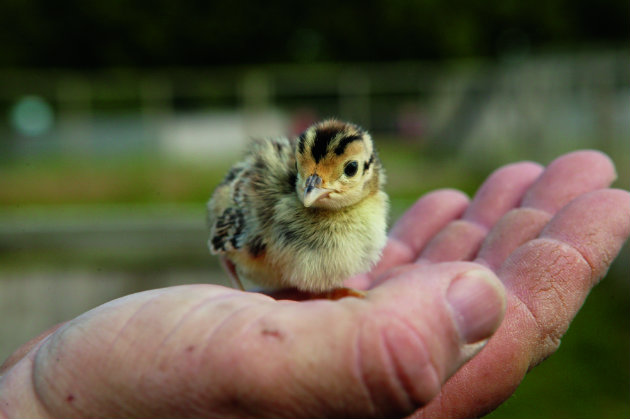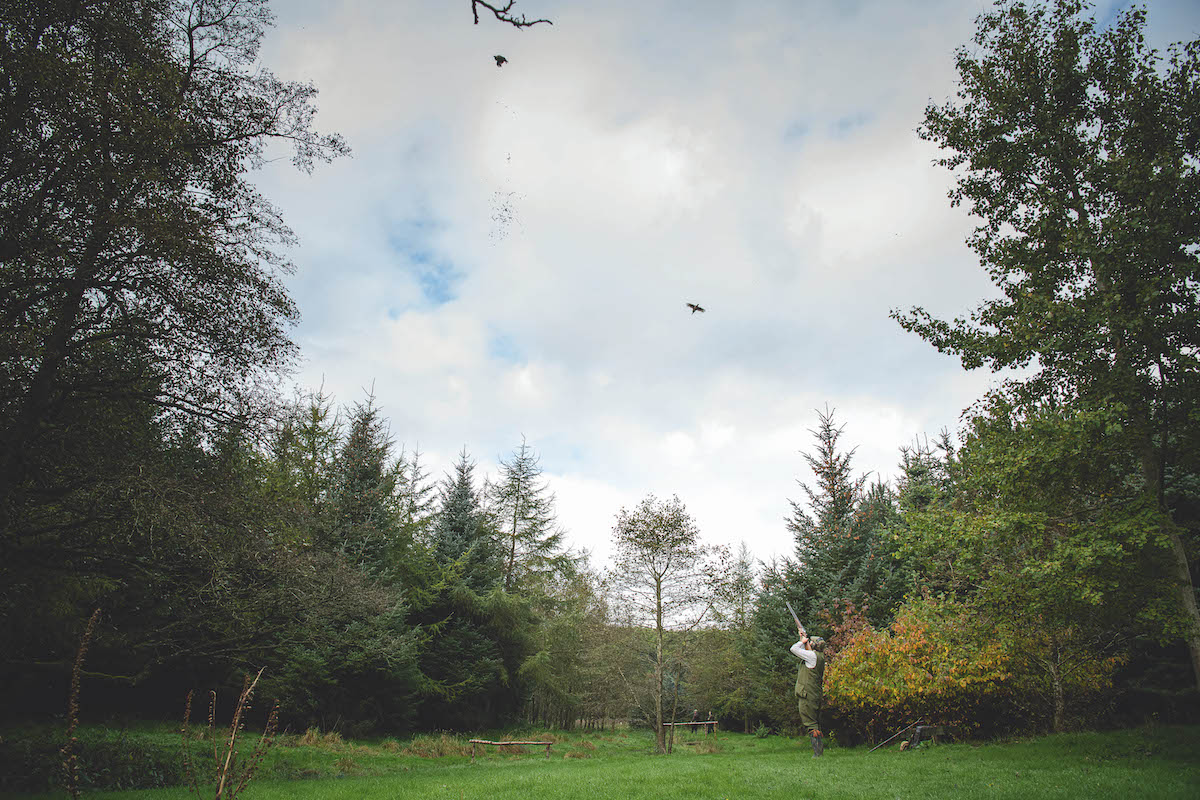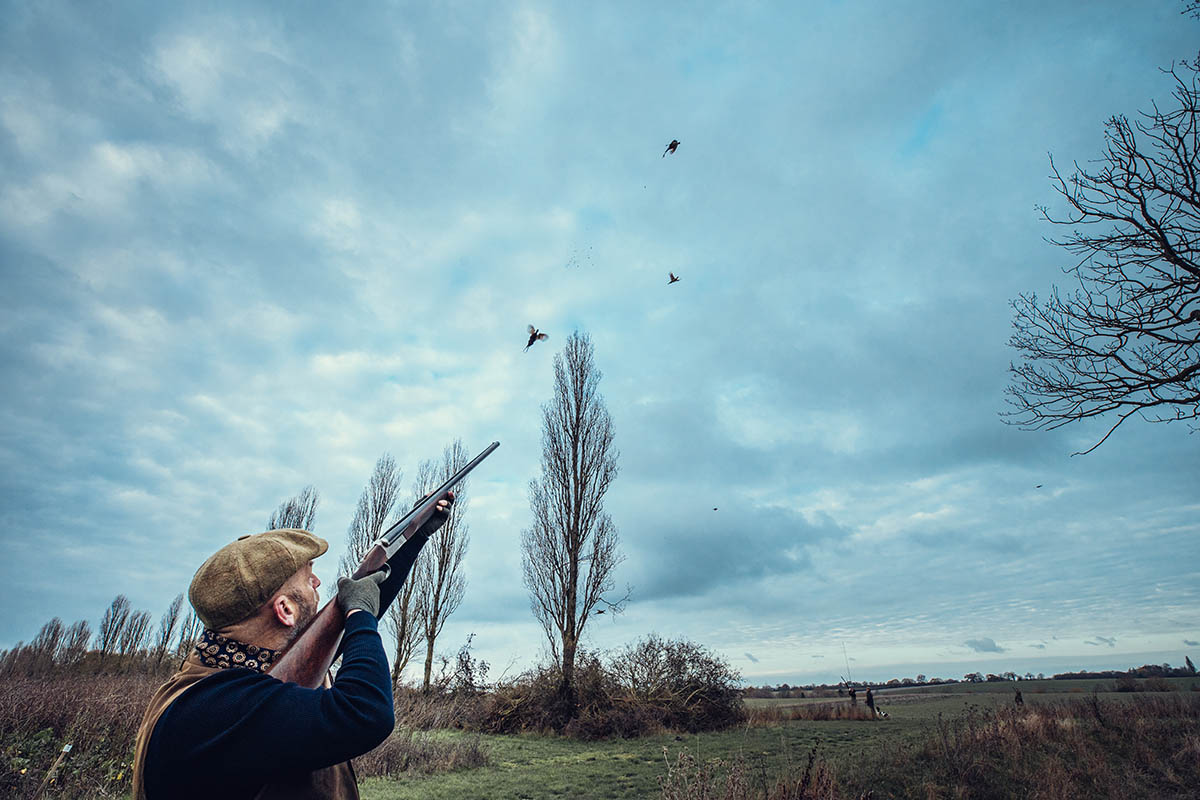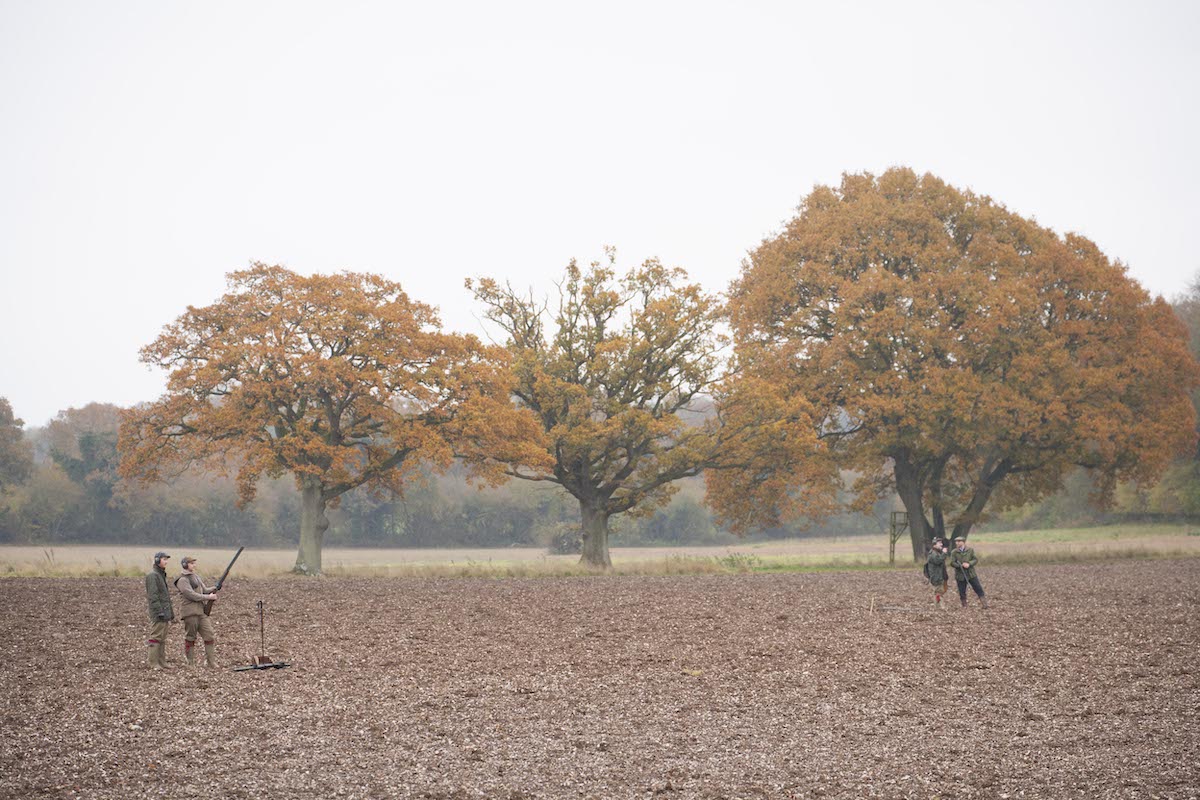Researchers show how to breed a fitter, stronger pheasant
Simple changes early on in the life of a pheasant can make a big difference to its health

Researchers from the University of Exeter have discovered some useful tips for improving the ability of pheasants to flourish out in the wild.
Firstly, if poults are given access to raised perches in pens they tend to grow bigger and stronger leg bones, are able to fly higher and can grasp a branch, giving them the chance to roost in trees away from predators.
Pheasants die at the hands of predators
Birds who have not learned to use a perch at an early age are much more vulnerable. In fact a quarter of the pheasants released into the wild die at the hands of predators, probably because they have not had the opportunity to develop survival skills, having been in an enclosed environment during their early weeks.
Maintaining a high ratio of surviving poults is much better for gamekeepers, helps to maintain the correct aspect of game shooting and of course is better for game shoots.
The trick seems to be to create an environment in which the young birds can move in every direction – up and down as well as side to side. Their spatial awareness improves and memory, giving better recall of food and potential danger. All of which allows birds to prosper.
The pheasants were studied over two seasons on a shooting farm in Hampshire and the research was carried out in conjunction with the Game and Wildlife Conservation Trust. In the first six months after release the group were discovered to be at less risk of dying from natural causes but in the following breeding season the mortality difference evened out.
Researcher, Dr Joah Madden, from the Centre for Research in Animal Behaviour, said: “It is economically, ethically and environmentally very wasteful for so many pheasants to die so early on in their life.
“Our study shows that even when reared in the absence of their parents and under unnatural conditions you can help pheasants develop physically, behaviourally and cognitively which leaves them less vulnerable and more likely to succeed in the wild.
“The pheasants hadn’t had the same experience of learning to get higher up to escape foxes and other predators. We gave them opportunities to develop their muscles so they had stronger legs.” GWCT research head, Dr Rufus Sage said: “A key aim of the pheasant research at the GWCT is to improve the sustainability credentials of releasing for shooting.
“ In particular we want to minimise the unwanted impacts of releases on the environment. This research shows how we can achieve this by releasing fewer fitter birds.
“It may also be that these fitter birds can go on to initiate wild breeding populations and we have a new study with Exeter to look at this.”
You can read the full pheasant study here, published in Royal Society Open Science.








